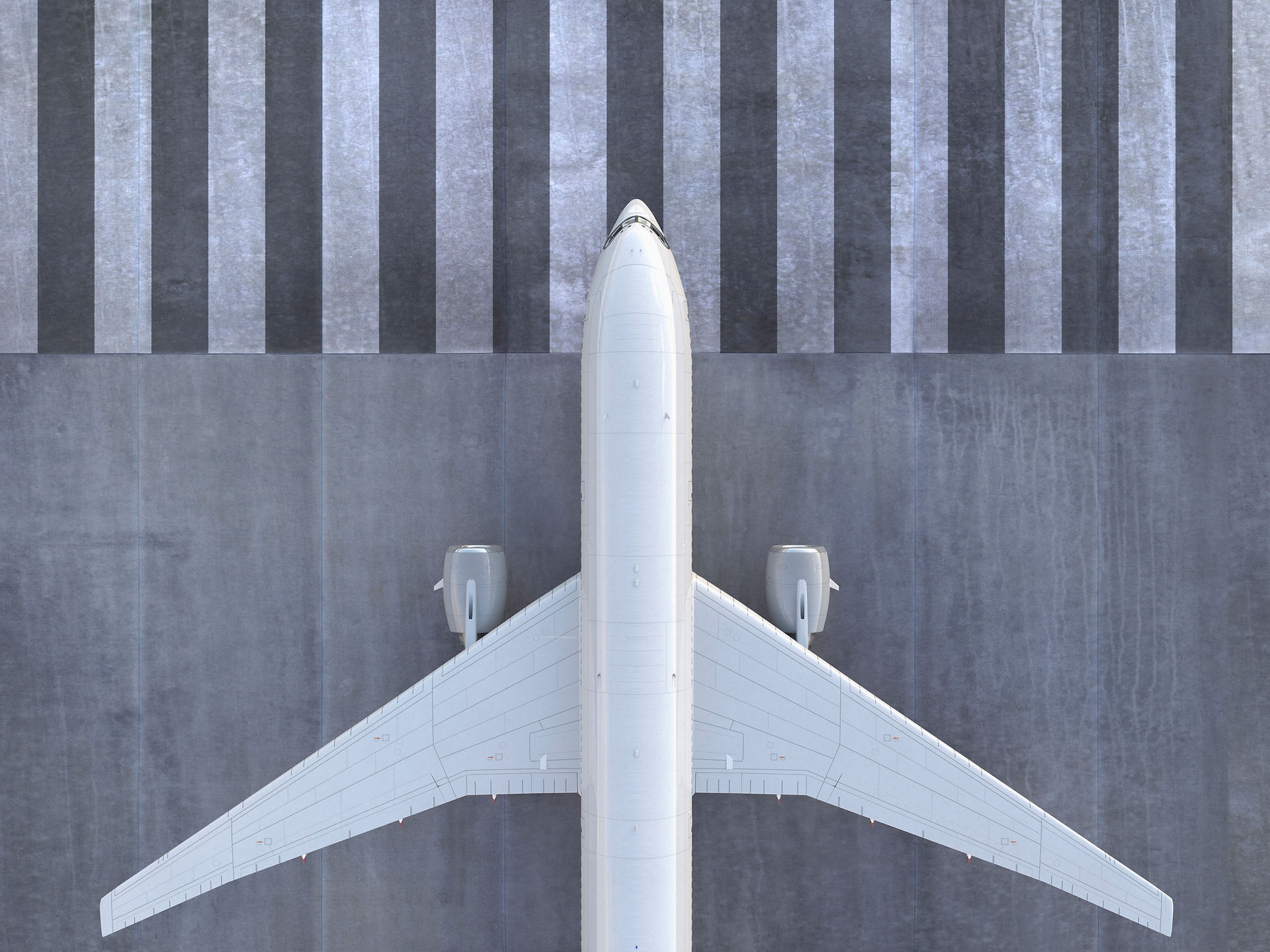

Piloto Comercial De Avião
É o profissional habilitado a voar aeronaves, com remuneração, estando apto a ingressar no mercado de trabalho da Aviação Civil.
* Pré requisitos: Idade mínima: 18 anos ;
Escolaridade: 2º Grau completo;
Possuir Licença de Piloto Privado.
* Documentação necessária: Código Anac, Cópia de: Identidade, CPF, Titulo de Eleitor, Comprovante de Residência, Certificado de Reservista, Certificado de conclusão do 2º Grau ( somente o certificado de conclusão do 2º grau necessita de cópia autenticada), 2 fotos 3X4, Exame Médico (CMA) – realizado em clínica credenciada pela ANAC.
* Parte Teórica: Aulas de 2ª feira a 6ª feira - Período: manhã, tarde ou noite Duração: 2 meses
Aulas aos sábados - Período: manhã e tarde (integral) Duração: 5 meses
Escala personalizada para tripulantes.
* Disciplinas: Regulamento de Tráfego Aéreo VFR e IFR, Meteorologia, Planejamento Navegação Aérea, Teoria de Voo de Alta Velocidade e Conhecimentos Técnicos de Aeronaves a Reação.
* Parte Prática: Instrução em voo 110 h de voo para Piloto Comercial de Avião (Totalizando 150 horas de voo = Piloto Privado + Piloto Comercial).
1ª Etapa: A matrícula no curso de piloto COMERCIAL e exame médico
A primeira etapa para se tornar um piloto comercial consiste na realização da matrícula na Paiva Aviation e solicitação da carta de apresentação para a realização do exame médico 1ª classe.
Este exame é feito para obter o Certificado Médico Aeronáutico (CMA) que é necessário para iniciar o curso. Você poderá obter o certificado realizando os exames clinicas credenciadas pela ANAC. Acesse o site de nosso parceiro CMA TIJUCA e agende seu exame.
2ª Etapa: Realização do curso teórico para piloto COMERCIAL
A segunda etapa para se tornar um piloto comercial é a realização do curso teórico que dura aproximadamente 3 meses. Veja a seguir as matérias abordadas no curso teórico para piloto comercial:
-
Conhecimentos Técnicos de Aeronaves á Reação
-
Meteorologia
-
Teoria de Voo de Alta Velocidade
-
Navegação Aérea
-
Regulamentos de Tráfego Aéreo VFR e IFR.
3ª Etapa: Realização do Exame aplicado pela ANAC
Após a conclusão do curso teórico, os estudantes deverão realizar um exame elaborado e aplicado pela ANAC, que será a terceira etapa necessária para se tornar um piloto comercial. Este exame é composto por 100 questões, sendo 20 de cada matéria vista no curso teórico das quais o candidato precisa acertar 70% de cada matéria para obter o certificado de aprovação.
4º Etapa: Realização de aulas práticas de Piloto COMERCIAL
Após a conclusão e aprovação no curso teórico, o aluno estará preparado para etapa prática do curso.
O curso prático para piloto comercial consiste em 110 horas de voo. O número de horas varia de acordo com cada escola, mas é algo em torno de 110 horas.
Caso o aluno seja habilitado para pilotar Helicóptero ou habilitado para pilotar Planador, o total de horas de voo da prática de voo poderá ser reduzida , conforme as normas da RBAC 61.
Em seguida, deverá realizar um voo de avaliação, que será monitorado por um examinador credenciado pela ANAC.
Após serem aprovados na etapa prática, os candidatos se tornarão pilotos comerciais. Ou seja, terão a licença para pilotar aeronaves de táxi aéreo, companhia aérea e executivas.
A carreira de piloto COMERCIAL
Ser piloto comercial é uma oportunidade para poder ingressar na tão desejada e glamorosa profissão de piloto de aviões comerciais.
Como explicado, para ser piloto comercial terá que ter passado por todo processo do curso de piloto privado. Ou seja, é o segundo passo e o mais perto para ingressar na carreira de piloto em companhia aérea, táxi aéreo ou aviação executiva, podendo exercer atividade remunerada.
Entre em contato:
Whatsapp: +55 21 97941-8117
E-mail: [email protected]





